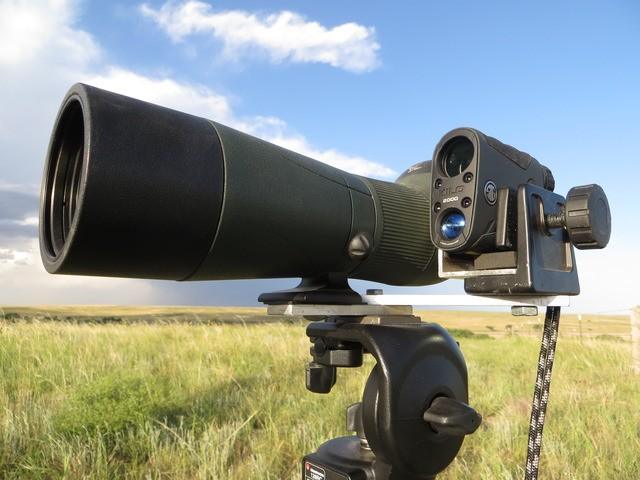Jeffrthehunter
Well-Known Member
Really hoping I can get some helpful tips on how to use range finder in semi flat terrain. I am using the Sig Kilo 2400 and resting RF on rocks or gun for steadiness.
Opening day I made a bad shot on a deer due to distance error. Buck was in broken scrub brush and I kept getting different readings. I shot for 600 yards and should have shot for 550, I was very lucky that I hit the spine and it dropped.
On to my next hunt I had a good buck at 800 yards in tall grass among some small trees, I could not get a consistent range (this is sage brush country). In addition the wind was 12-15 mph at 9 o'clock. I decided it was too risky and needed to move. Two hours later the buck re-appeared and now I am around 650 yards with a 12 o'clock wind but again the range finder is reflecting off surrounding brush and grass and I'm getting readings from 600 to 700. Knowing what happened the week before I couldn't shoot. I was getting frustrated as this was well within my shooting ability if I knew the correct yardage. So now I pack up and move to a more elevated position but getting seen by the herd (several does and 2 bucks) is a big concern. Sneaking into the new location I ranged one of the trees at 450 yards and get setup, only one doe is visible at this time. One hour later (it is now 1 pm, I have been after this buck for 6 hours) the herd starts feeding and the buck stands up under the tree that I ranged. I still could not confirm that I was getting my laser on the deer but the tree was 450 and I made the shot, hit was good and deer ran 70 yards and piled up.
I really never expected to have so much trouble getting good distance readings and not sure what changes I need to make. I bought the Kilo 2400 because of its size, is that my problem? Any thoughts would really be appreciated.
I did shoot my Elk at 500 yards with good range readings, the bull was feeding in short grass and getting a good range on his body was much easier.



Opening day I made a bad shot on a deer due to distance error. Buck was in broken scrub brush and I kept getting different readings. I shot for 600 yards and should have shot for 550, I was very lucky that I hit the spine and it dropped.
On to my next hunt I had a good buck at 800 yards in tall grass among some small trees, I could not get a consistent range (this is sage brush country). In addition the wind was 12-15 mph at 9 o'clock. I decided it was too risky and needed to move. Two hours later the buck re-appeared and now I am around 650 yards with a 12 o'clock wind but again the range finder is reflecting off surrounding brush and grass and I'm getting readings from 600 to 700. Knowing what happened the week before I couldn't shoot. I was getting frustrated as this was well within my shooting ability if I knew the correct yardage. So now I pack up and move to a more elevated position but getting seen by the herd (several does and 2 bucks) is a big concern. Sneaking into the new location I ranged one of the trees at 450 yards and get setup, only one doe is visible at this time. One hour later (it is now 1 pm, I have been after this buck for 6 hours) the herd starts feeding and the buck stands up under the tree that I ranged. I still could not confirm that I was getting my laser on the deer but the tree was 450 and I made the shot, hit was good and deer ran 70 yards and piled up.
I really never expected to have so much trouble getting good distance readings and not sure what changes I need to make. I bought the Kilo 2400 because of its size, is that my problem? Any thoughts would really be appreciated.
I did shoot my Elk at 500 yards with good range readings, the bull was feeding in short grass and getting a good range on his body was much easier.


